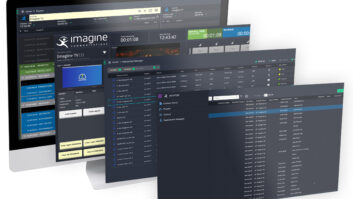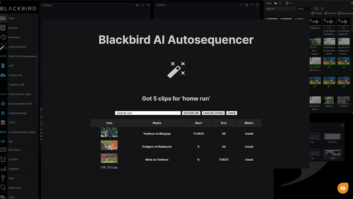
Al Jazeera English has implemented the Interactivity Suite (IS) from never.no to add a social network capability to its broadcasts. The system allows the broadcaster to display Twitter, Facebook and email comments, take viewer questions and conduct on-air polls. The network first used the system during its coverage of the 9/1110th anniversary memorial broadcast.
The realtime flow of social commentary and polling input enabled presenters to adjust their questions during live interviews, and allowed viewers to become a social part of the programming. That, in turn, helped Al Jazeera present content that was most relevant to its audience.
With IS, the Al Jazeera production crew could take viewer questions or ask questions by publishing them to Facebook and presenting them on air. Viewers could then vote using Facebook or email. From there, the crew was able to publish the results, change the course of on-air interviews, and push questions back to the audience in realtime – a powerful social TV programming feedback loop that built strong viewership and ratings for Al Jazeera.
“IS features, such as realtime social media integration, live editorial control and instant publishing to on-air graphics systems gave us new ways of interacting with the audience without any complicated issues of ingesting dynamic data into our live production environment,” said Sarah Worthington, head of output at Al Jazeera English. “Being able to incorporate the social experience into our live 9/11 memorial coverage enriched the broadcast and brought an irreplaceable personal perspective to our coverage.”
Al Jazeera English used never.no’s cloud-based IS service through the 9/11 memorial weekend. It has now extended the IS installation for an even more thorough integration with its broadcast systems, enabling increased control and seamless live social TV workflows.
The never.no IS is a toolkit for creating the technical backbone of interactive broadcasts and social TV. It supports true social TV by enabling viewers to influence a broadcast in realtime, and by allowing them to interact with one another and the rest of the world. With IS, a broadcaster can effortlessly aggregate user-generated content from social media sites such as Twitter and Facebook into programming, and even build synchronised companion apps that enable viewers to interact with their televisions using an iPad, computer or smartphone.






